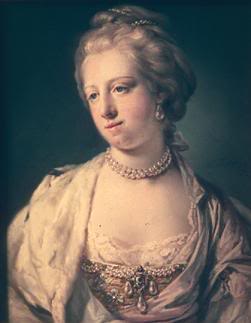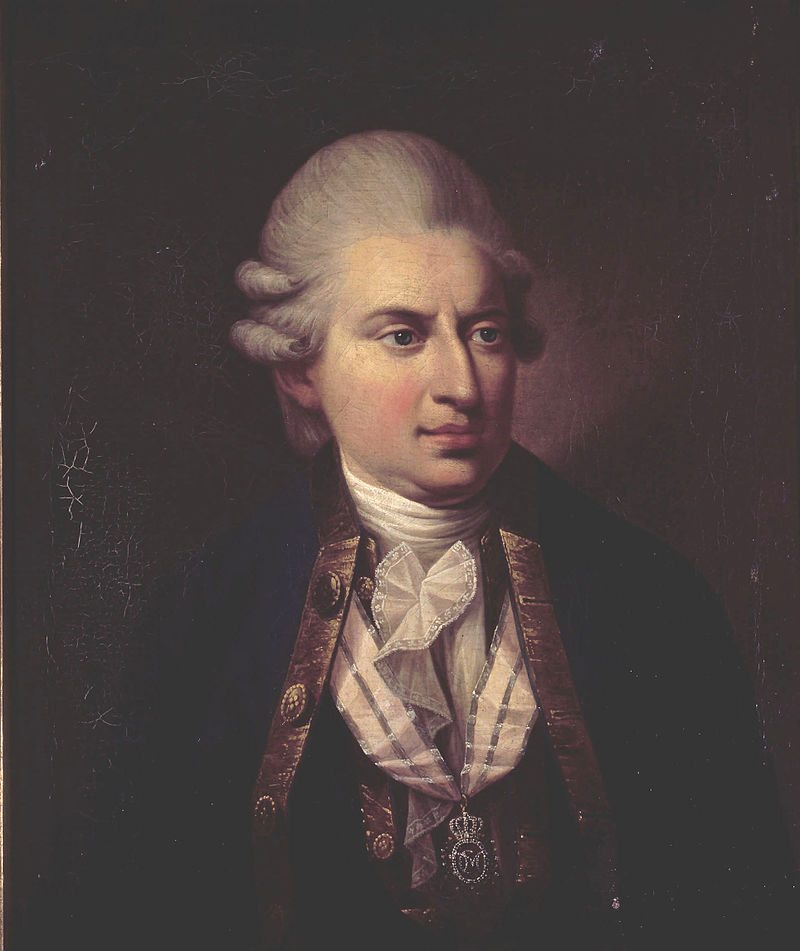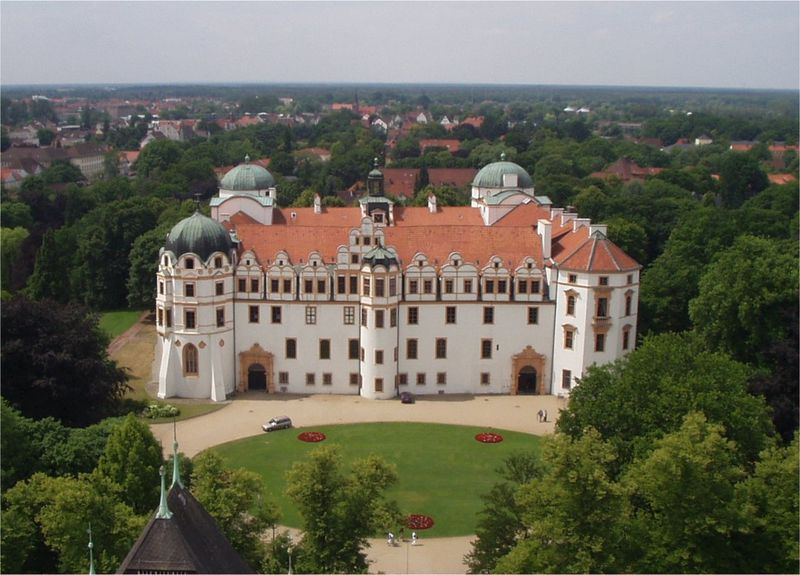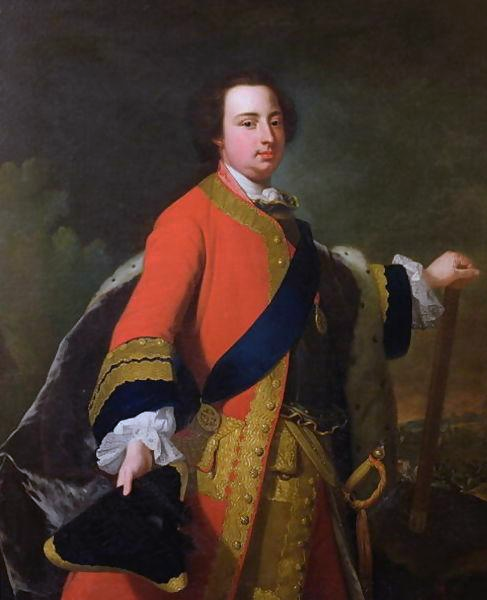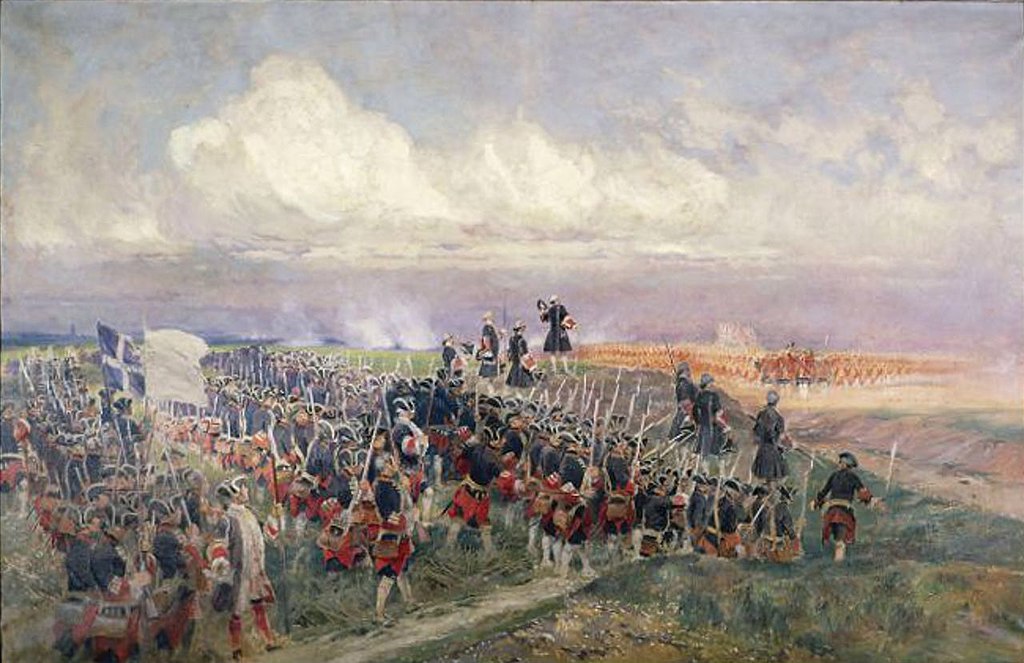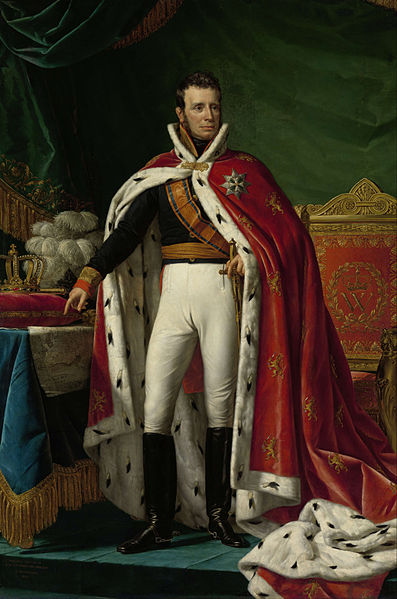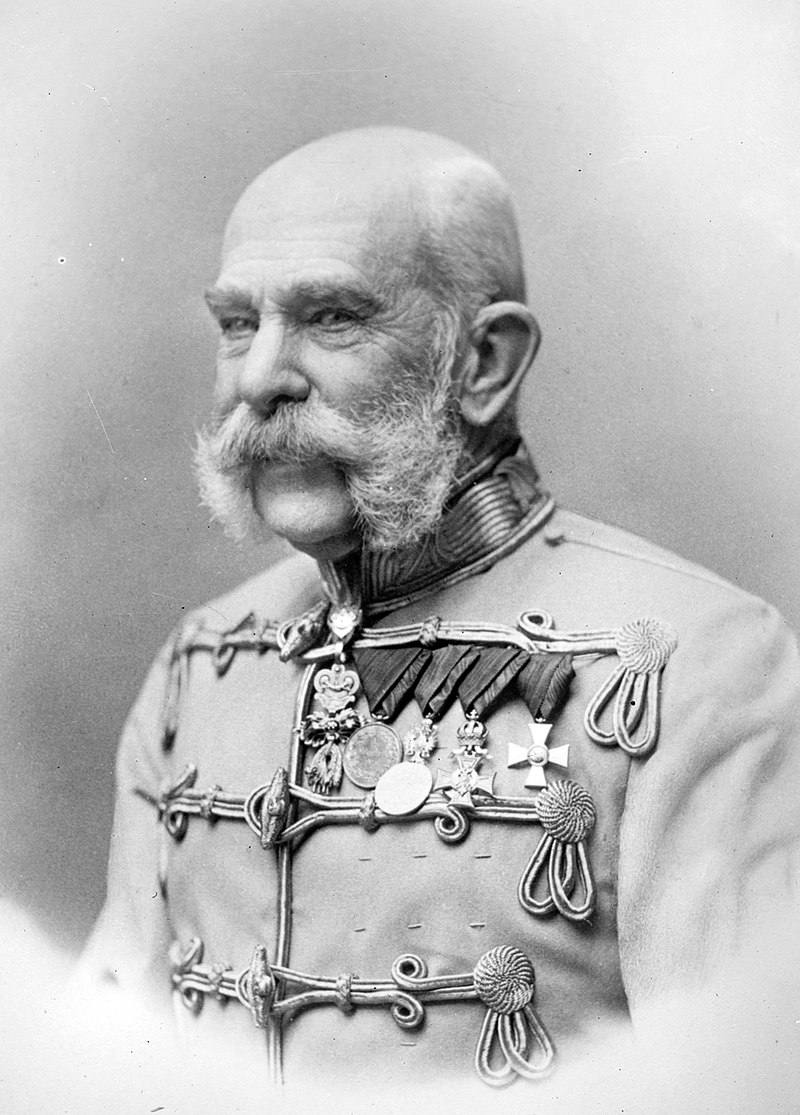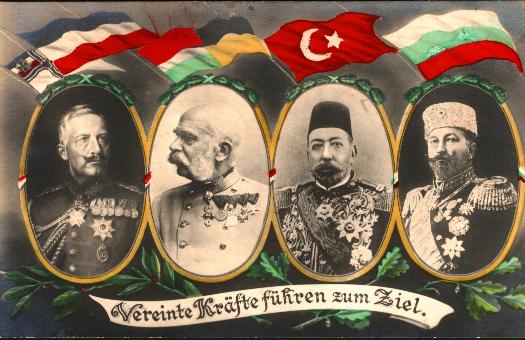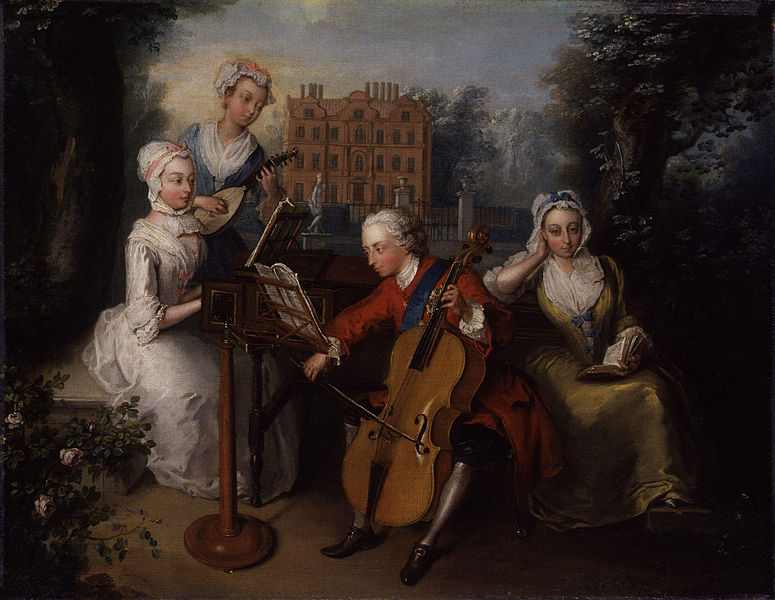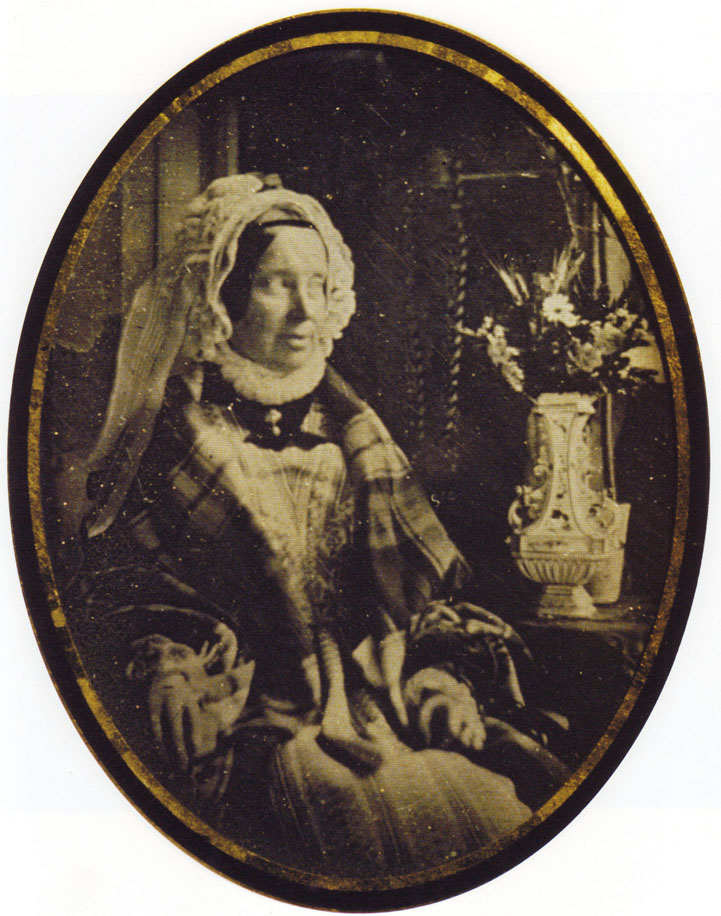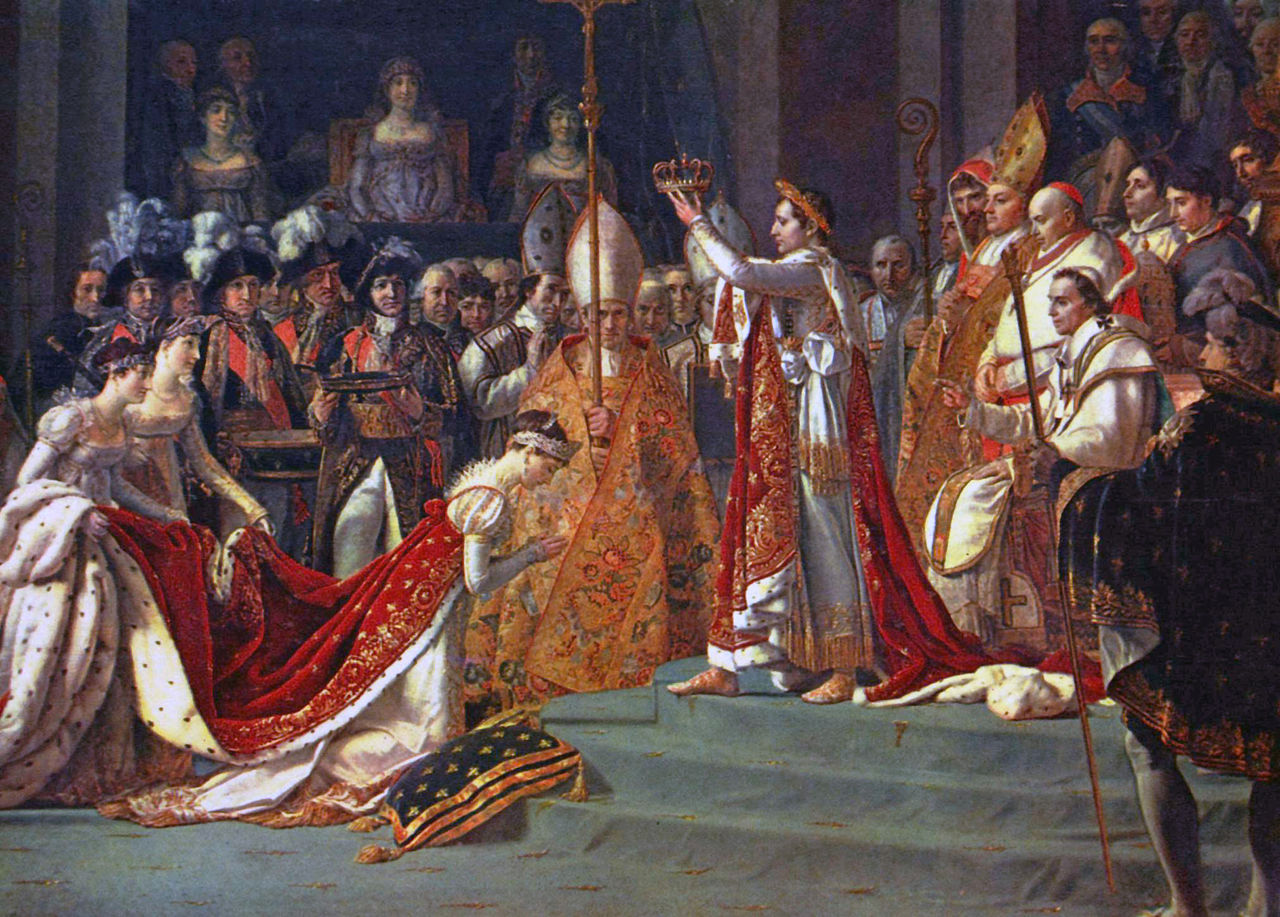by Susan Flantzer © Unofficial Royalty 2016
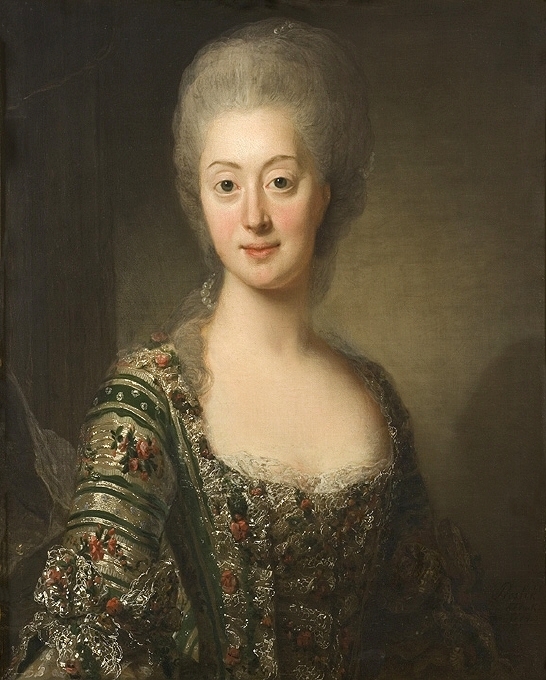
Sophia Magdalena of Denmark and Norway, Queen of Sweden; Credit – Wikipedia
Princess Sophia Magdalena of Denmark and Norway, born on July 3, 1746, at Christiansborg Palace in Copenhagen, Denmark, was the eldest daughter and the eldest surviving child of the four children of King Frederik V of Denmark and Norway and his first wife Princess Louisa of Great Britain. She was a granddaughter of King George II of Great Britain and among her first cousins were King George III of the United Kingdom; her brother King Christian VII’s wife Caroline Matilda of Wales, Queen of Denmark and Norway; and Willem V, Prince of Orange. One month after her birth, Sophia Magdalena’s father became King of Denmark and Norway. After the death of her elder brother in 1747, Sophia Magdalena was the heir presumptive to the Danish and Norwegian thrones until the birth of her second brother in 1749.
Sophia Magdalena had four siblings:
- Prince Christian (1745 – 1747), died in early childhood
- Wilhelmina Caroline of Denmark, Electress of Hesse (1747 – 1820), married Wilhelm I, Elector of Hesse, had issue
- King Christian VII of Denmark and Norway (1749 – 1808), married Caroline Matilda of Wales, had issue
- Louise of Denmark, Princess Charles of Hesse (1750 – 1831), married Prince Karl of Hesse-Kassel, had issue
Sophia Magdalena also had one half-brother from his father’s second marriage to Juliana Maria of Brunswick-Wolfenbüttel:
-
- Frederik, Hereditary Prince of Denmark (1753 – 1805), married Sophia Frederica of Mecklenburg-Schwerin, had issue including King Christian VIII of Denmark
In 1743, Sophia Magdalena’s father was one of the candidates in the election for the heir to the Swedish throne, but Adolf Frederik of Holstein-Gottorp was elected the heir and succeeded to the Swedish throne in 1751. Adolf Frederik was married to Sophia Magdalena’s first cousin once removed Louisa Ulrika of Prussia, the daughter of Friedrich Wilhelm I, King in Prussia and Sophia Dorothea of Hanover, the daughter of King George I of Great Britain. Past wars and the result of the 1743 election caused tension between Denmark and Sweden. To foster friendship between the two countries, a betrothal was arranged by the Swedish Parliament in 1751 between two 5-year-olds, Sophia Magdalena and Crown Prince Gustav of Sweden, son of King Adolf Frederik of Sweden and Louisa Ulrika of Prussia. Both mothers disliked the proposed match. Gustav’s mother Queen Louisa Ulrika had long been in conflict with the Swedish parliament and would have preferred a marriage with her niece Philippine of Brandenburg-Schwedt. Sophia Magdalena’s mother Queen Louise feared that her daughter would be mistreated by the Louisa Ulrika of Prussia.
When Sophia Magdalena was five years old, her mother Queen Louise died at age 27 due to complications from a miscarriage. The next year, her father made a second marriage to Juliana Maria of Brunswick-Wolfenbüttel. Raised to become Queen of Sweden, Sophia Magdalena received a strict religious upbringing at Hirschholm Palace, the home of her paternal grandmother and her namesake, Queen Dowager Sophie Magdalene (born Sophie Magdalene of Brandenburg-Kulmbach).
On October 1, 1766, Sophia Magdalena was married by proxy to Gustav at Christiansborg Palace in Copenhagen with her half-brother Frederik representing the groom. She then traveled to Sweden where she married Crown Prince Gustav in person on November 4, 1766, at the Royal Chapel at the Stockholm Royal Palace.

The wedding attire of Gustav and Sophia Magdalena at the Royal Armory (Swedish: Livrustkammaren), a museum in the Royal Palace in Stockholm
The marriage was not a happy one. Sophia Magdalena was quiet and serious and had difficulty adapting to her husband’s pleasure-loving court. The interference of Gustav’s jealous mother, Queen Louisa Ulrika, did not help the situation. Sophia Magdalena dutifully performed her ceremonial duties, but she did not care about social life and would rather exist in peace and quiet with a few friends.

Sophia Magdalena by Carl Gustaf Pilo, 1765; Credit – Wikipedia
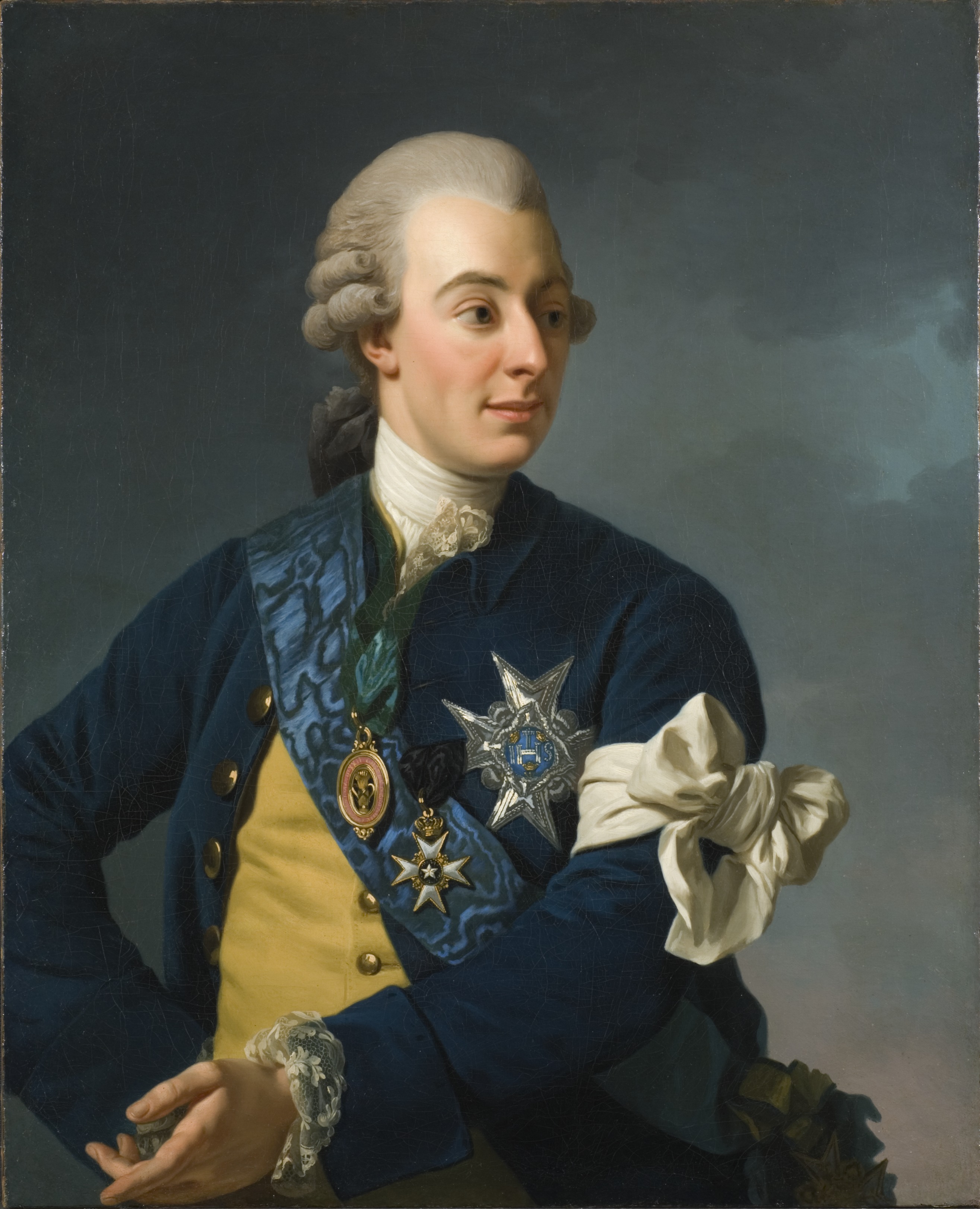
Gustav III of Sweden by Alexander Roslin, 1772; Credit – Wikipedia
In 1771, King Adolf Frederick of Sweden died and Gustav succeeded his father as King Gustav III of Sweden. Gustav and Sophia Magdalena’s coronation was held on May 29, 1772, at the Storkyrkan (The Great Church) in Stockholm, Sweden.

Unfinished painting of Gustav III’s coronation by Carl Gustaf Pilo (Sophia Magdalena can be seen sitting on the right); Credit – Wikipedia
In 1772, Gustav arranged for a coup d’état known as the Revolution of 1772. Initially, Sophia Magdalena was not informed about the coup d’état, which reinstated absolute monarchy and ended parliamentary rule. Gustav imprisoned opposition leaders and established a new regime with extensive power for the king which he used wisely. He introduced freedom of the press and tried to remedy corruption in the government.

Gustav III (center right) at the Revolution of 1772 by Pehr Hilleström; Credit – Wikipedia
The marriage of Sophia Magdalena and Gustav remained unconsummated for ten years. There were various theories regarding the cause including Sophia Magdalena’s strict religious upbringing and introverted character, Gustav’s sexuality, and the possibility that either or both Sophia Magdalena and Gustav had a physical problem. Eventually, Count Adolf Fredrik Munck af Fulkila acted as a sexual instructor for the couple. The instruction resulted in the birth of a son. When it became known that Munck participated in the reconciliation between the royal couple, there were rumors that he was the father of Sophia Magdalena’s son. The couple eventually had another son, but he did not survive childhood:
- King Gustav IV Adolf of Sweden (1778–1837), married Frederica of Baden, had issue
- Prince Carl Gustav, Duke of Småland (1782–1783)

Gustav III, Sophia Magdalena and Crown Prince Gustav Adolf in Haga Park by Cornelius Høyer, 1784–1785; Credit – Wikipedia
In the 1780s, Gustav III was preoccupied with foreign policy: a growing hatred of Denmark and a desire to conquer Norway. In 1788, he began a war against Russia, the Russo-Swedish War, but had to retreat because of a mutiny in the army. In 1789, he resumed the war with varying success. The war ended in 1790 with the Treaty of Värälä. The war with Russia destroyed Sweden’s economy, and when Gustav decided to attack France, a conspiracy developed.
On March 16, 1792, King Gustav III was shot by Jacob Johan Anckarström during a masquerade at the Royal Opera House in Stockholm, Sweden. King Gustav III died of his wounds at the Stockholm Royal Palace on March 29, 1792, at the age of 46. Assassination ringleader, Count Anckarström, was beaten for three days before he was beheaded, mutilated and dismembered. The event is the subject of Giuseppe Verdi’s 1859 opera Un ballo in maschera. King Gustav III was buried at Riddarholm Church in Stockholm, Sweden.

Sophia Magdalena by Niklas Lafrensen, 1792; Credit – Wikipedia
Upon Gustav III’s assassination, his 14-year-old son succeeded to the throne as King Gustav IV Adolf, under the regency of his paternal uncle Prince Karl, Duke of Södermanland, who was later to become King Karl XIII of Sweden when his nephew was forced to abdicate and flee the country in 1809. Sophia Magdalena was horrified by the murder of her husband, but it was a relief that as Queen Dowager, she could retreat from public life. She lived in the Royal Palace in Stockholm during the winter, and at Ulriksdal Palace during the summer. Sophia Magdalena died from a stroke at the age of 67 on August 21, 1813, at Ulriksdal Palace. She was buried at Riddarholm Church in Stockholm, Sweden.
This article is the intellectual property of Unofficial Royalty and is NOT TO BE COPIED, EDITED, OR POSTED IN ANY FORM ON ANOTHER WEBSITE under any circumstances. It is permissible to use a link that directs to Unofficial Royalty.
Works Cited
“Gustav III of Sweden.” Wikipedia. N.p.: Wikimedia Foundation, 25 July 2016. Web. 25 Sept. 2016.
“Gustav III.” Wikipedia. N.p.: Wikimedia Foundation, Feb. 2015. Web. 25 Sept. 2016.
“Sophie Magdalene af Danmark.” Wikipedia. N.p.: Wikimedia Foundation, n.d. Web. 25 Sept. 2016.
“Sophia Magdalena of Denmark.” Wikipedia. N.p.: Wikimedia Foundation, 25 Sept. 2016. Web. 25 Sept. 2016.
Susan Flantzer. “Princess Louisa of Great Britain, Queen of Denmark.” British Royals. Unofficial Royalty, 19 Dec. 2013. Web. 25 Sept. 2016.




